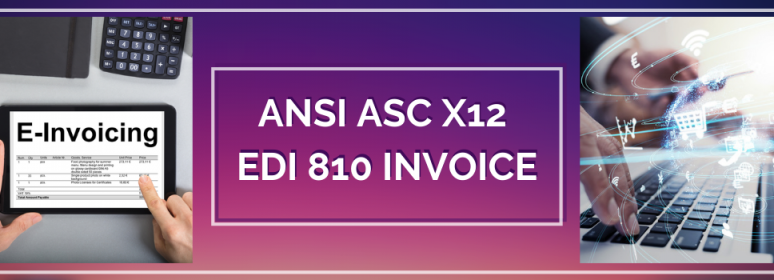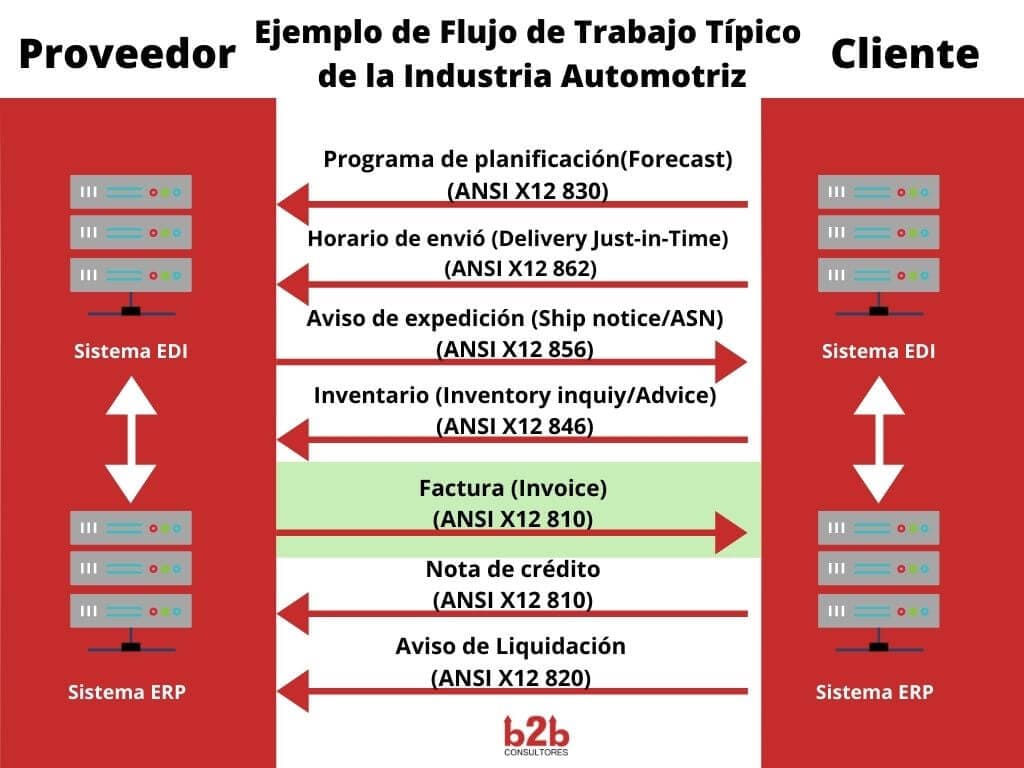

Usually specifications are straight-forward, but there are some nuances you should be aware of.Īn X12 specification is a particular implementation of X12 transaction, defined by a company to be used with its partners.
#X12 810 SPECIFICATION PDF#
With a built-in EDI parser, validator, and transaction builder, EDIConnect simplifies the process of sending and receiving EDI messages, enabling seamless communication between trade partners and helping businesses achieve EDI compliance.This article is about reading and understanding typical ANSI X12 specifications, generated with tools like SpecBuilder in PDF or MS Word format. Other documents that are exchanged between trade partners in response to an EDI 810 invoice include:ĮDIConnect is a high-performance EDI solution designed to work with EDI X12 and EDIFACT transaction sets. The order is filled and delivered to the buyer along with an 810 invoice. Upon receiving the purchase order, the supplier sends a 997 acknowledgment to confirm the receipt of the order. An EDI 850 Purchase Order lists the items a buyer wants to purchase from a supplier, along with their quantities, shipping instructions, and other details.

Functional Acknowledgement EDI 997 – It confirms the receipt of the EDI 810 transaction.Other EDI documents that can be transmitted in response to EDI 810 transaction include: The vendor will generate an EDI invoice transaction set 810. It is sent in response to an EDI 850 Purchase Order as a request for payment after the goods have been shipped or the services are rendered. The EDI 810 X12 Transaction set is used for providing billing transactions in an industry-standard specified format. The main benefit is that it allows for the rapid exchange of important transaction information between enterprises. The purpose of using this EDI specification is to save time, money, and labor spent on manually preparing, printing, and mailing a paper-based invoice. EDI 810 Invoice SegmentsĪn EDI invoice is the electronic version of a paper-based bill or invoice that contains the information required for a usual paper-invoice purchase transaction, such as:Īll the information included in an 810 EDI invoice is organized into different segments and data elements in accordance with the EDI 810 specifications. An 810 EDI invoice is supposed to be sent, received, and understood by EDI software. It is a computer-to-computer-based exchange of information that facilitates quick and error-free communication between businesses. However, the format of the EDI 810 invoice is complex, therefore an average buyer would struggle to interpret it.

There are different types of EDI document types, such as:Īn EDI 810 invoice is one of the most commonly used electronic documents or transaction sets that comply with ANSI X12 EDI specifications. Within a matter of minutes, the dealership system can electronically transfer and analyze the credit history to quote the rate at which the car will be given to a potential customer. One such example is when an automobile dealer can use EDI to request the credit report of a buyer. Some common EDI examples include purchase orders (EDI 850), shipment status, invoices containing customs information, inventory documents, and payment confirmations. It allows companies to send useful information digitally instead of using paper. What is an Electronic Data Interchange (EDI)?Įlectronic Data Interchange (EDI) is the exchange of business information done electronically using a structured, standardized format.


 0 kommentar(er)
0 kommentar(er)
